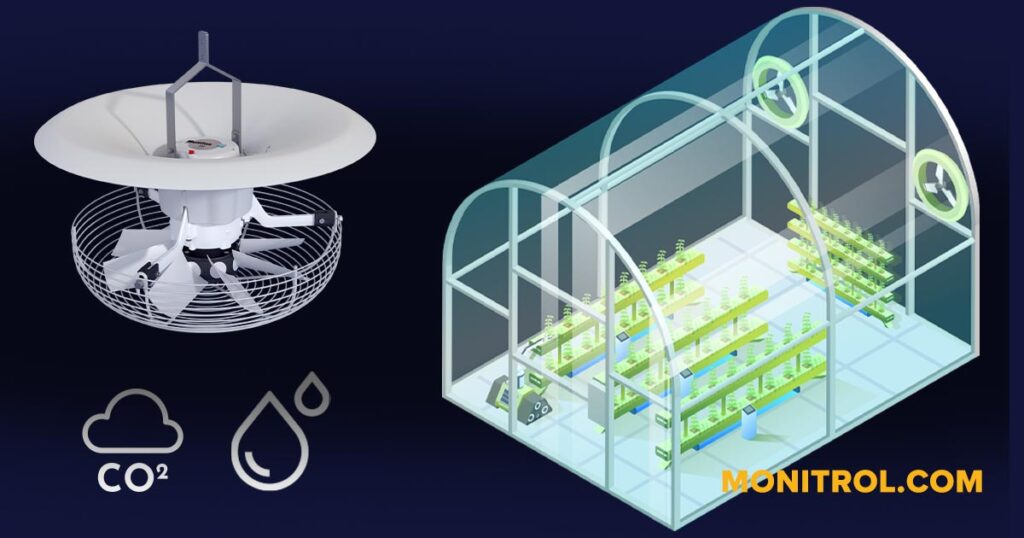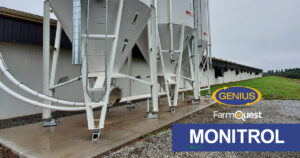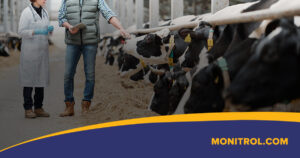Perfect horticultural ventilation

For the best horticultural ventilation, you need a good fan
Ventilation is an integral part of any greenhouse, with proper air circulation offering a number of key benefits:
Temperature control
Air circulation maintains a uniform temperature throughout the greenhouse. By circulating the air, hot or cold zones that could harm plants are avoided. Temperature fluctuations are also reduced, which is beneficial for crop growth.
Carbon dioxide (CO2) distribution
Air circulation ensures even distribution of CO2 throughout the greenhouse. CO2 is essential for plant photosynthesis, promoting optimal growth. Good ventilation ensures that plants receive sufficient CO2 all throughout the greenhouse.
Humidity control
Air circulation regulates relative humidity in the greenhouse. By circulating the air, excessive humidity build-up is avoided, reducing the risk of fungal disease and mold. Good ventilation also helps prevent excessive condensation on plants and surfaces, which could cause damage.
Disease and pest prevention
Air circulation helps reduce the risk of fungal and bacterial disease development as well as pest infestation. Circulating air reduces humidity and creates an environment less conducive to the development of these diseases. Moreover, proper ventilation helps limit the presence of insect pests by maintaining an even flow of air.
Strengthening plants
Air circulation promotes the movement and strengthening of plant stems and leaves. This steady movement stimulates plant tissue development, strengthening plant structure and contributing to better nutrient uptake.
In short, air circulation in agricultural greenhouses offers many benefits, including temperature regulation, CO2 distribution, humidity control, disease and pest prevention, and plant strengthening. Good ventilation ensures a healthy, balanced environment for crops, promoting optimal growth and productivity.
Discover Multifan’s V-FloFan variable-speed triac fan developed by Vostermans
- Low sound pressure level.
- Humidity control.
- Constant anemometric speed and reduced energy costs thanks to vertical airflow.
- Special aerodynamic cone-shaped outlet for optimum vertical airflow.
- Water- and dust-resistant IP55 motor.
- Excellent performance for ventilation in horticultural greenhouses.
- 16-inch format, 6 blades.
- 3180 CFM.
- Available in 120V and 240V.
- 8-year limited warranty.
Don't miss this opportunity to stay informed!
Explore our dedicated page for agricultural professionals and discover practical tips and valuable insights to enhance the quality of your livestock production, streamline your daily tasks, and increase profitability.
Search for a post ?
Our Categories
Recent posts
Newsletter
Stay up-to-date and don’t miss any important information.
Subscribe to our newsletter!






